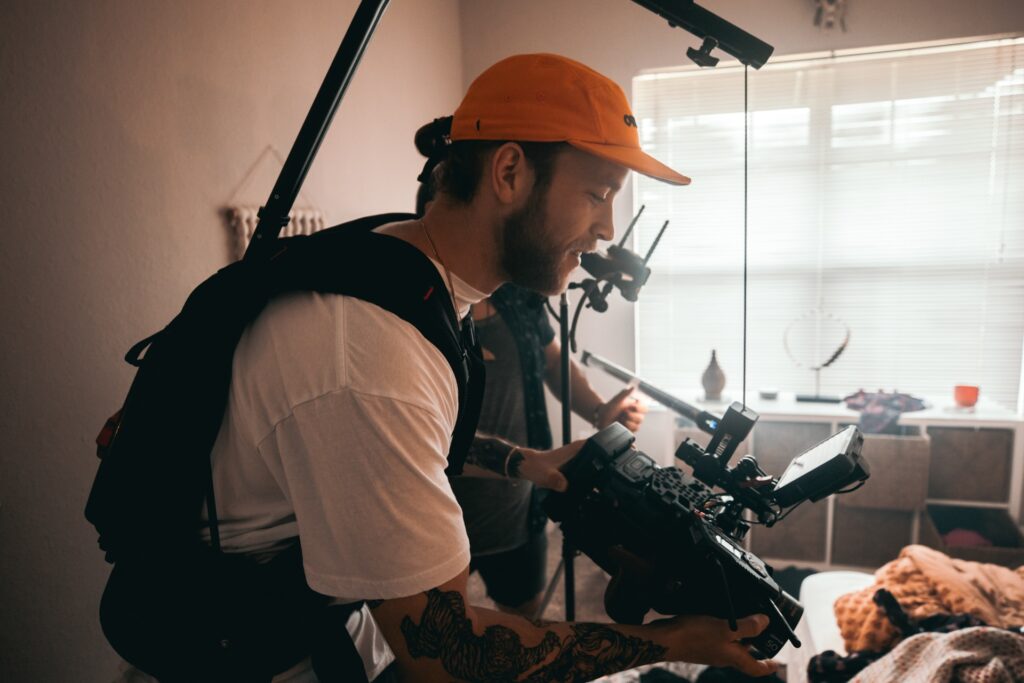Producing captivating and immersive 360-degree videos is an exciting endeavor in the realm of video production. 360-degree videos have gained remarkable popularity, finding applications across various industries, from entertainment and marketing to education and tourism.
What are 360-Degree Videos?
Before diving into the intricacies of 360-degree video production, let’s establish a clear understanding of what these videos entail. Unlike traditional videos, 360-degree videos offer viewers a fully immersive experience by capturing scenes in all directions. They enable viewers to explore the entire environment, turning their screens into windows to different worlds.
The Pre-production Phase
Conceptualizing and Planning
Before embarking on your 360-degree video production journey, it’s crucial to begin with a solid concept. Carefully consider your target audience and the narrative you want to convey. Video production, in this context, transcends the conventional frame, so envision how you can make the most of this immersive canvas.
Scriptwriting and Storyboarding
Creating a script tailored specifically for 360-degree videos is essential. It should guide your storytelling in a manner that complements the immersive experience. Alongside scriptwriting, storyboarding plays a pivotal role in planning your shots and transitions, ensuring that your narrative unfolds seamlessly within the 360-degree sphere.
Location Scouting and Equipment
Selecting suitable shooting locations is paramount. These locations should not only align with your concept but also provide interesting and engaging visuals in every direction. When it comes to equipment, investing in the right 360-degree camera gear is indispensable. These specialized cameras are designed to capture a full panoramic view, making them the cornerstone of your video production process.
The Production Phase
Camera Setup and Calibration
Proper camera placement and stabilization are vital for eliminating any disorienting motion in your videos. Calibrating camera settings ensures optimal results, allowing you to capture the essence of your chosen locations in all their glory.
Shooting Techniques
To maintain viewer immersion, you must be mindful of avoiding visible stitching lines where the camera lenses merge images. Employing smooth and purposeful movements, along with creative angles, will enhance the overall quality of your 360-degree videos.
Managing Lighting and Audio
Lighting in 360-degree video production can be challenging due to the all-encompassing perspective. Understanding how to work with various lighting conditions is essential. Additionally, capturing high-quality spatial audio adds another layer of immersion to your videos, enhancing the viewer’s experience.
The Post-production Phase
Importing and Stitching Footage
Once you’ve captured your footage, the post-production phase begins with importing and stitching. Choosing the right stitching software is crucial, as it ensures that the multiple camera lenses’ output is merged seamlessly into a cohesive 360-degree view.
Editing and Enhancing
In this phase, you’ll remove any unwanted elements or errors, ensuring a polished final product. You can also add special effects or graphics to further engage your audience. Additionally, audio post-processing will help refine the spatial audio for a more immersive experience.
Conclusion
360-degree videos offer an exciting avenue for creativity and engagement. By following the tips and techniques outlined in this guide, you can embark on a journey to produce remarkable 360-degree videos that captivate and immerse your audience. As the demand for immersive experiences continues to grow, mastering the art of 360-degree video production is a valuable skill that can elevate your storytelling capabilities.
